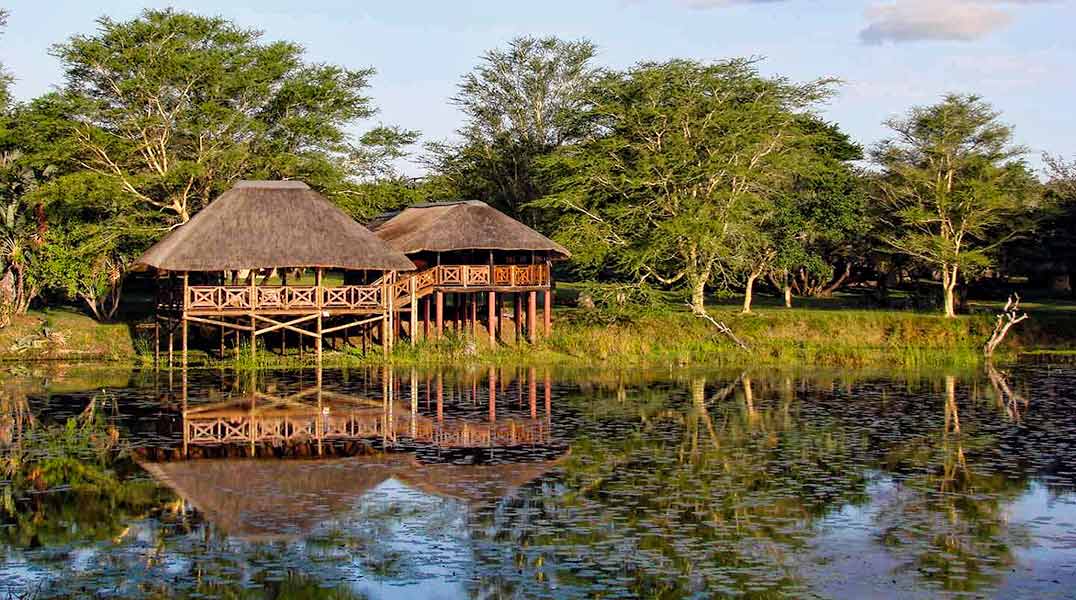Bonamanzi Game Reserve
Birding Tour - Bonamanzi Game Reserve - Hluhluwe
Four-day birding tour November 9th -13th 2019 – Bonamanzi Game Reserve – KwaZulu Natal – South Africa
Where is Bonamazi
Bonamanzi Game Reserve is located just a few kilometres from the KwaZulu Natal town of Hluhluwe in the heart of Zululand on South Africa’s east coast. Hluhluwe is renowned for its pineapple fields, but is also a great central hub for birding, wildlife and the nature enthusiast.
There are many attractions close by that are well worth a visit and Bonamanzi is central to them all. Hluhluwe Game Reserve (a Big 5 reserve), Mkuze Game Reserve, iSimangaliso Wetland Park, St Lucia, False Bay Reserve are all within easy reach from Bonamanzi. Please contact us for any further information on our tours to these and other reserves throughout KwaZulu Natal.
Privately owned
Bonamanzi is a privately owned (Big 4 – No Lion) game reserve of some 4,000 hectares, with the Hluhluwe river forming its Eastern border. Bonamazi was proclaimed a ‘natural heritage’ site in 1995 in recognition of the biodiversity of the reserve. The reserve boasts sand forests, savanna & wetland areas. This diversity is why Bonamanzi is recognised as one of the best birding destinations to see the many birds of South Africa in their natural habits. The reserve boasts over 408 recorded bird species. That’s just under half of all the recorded bird species of the country.
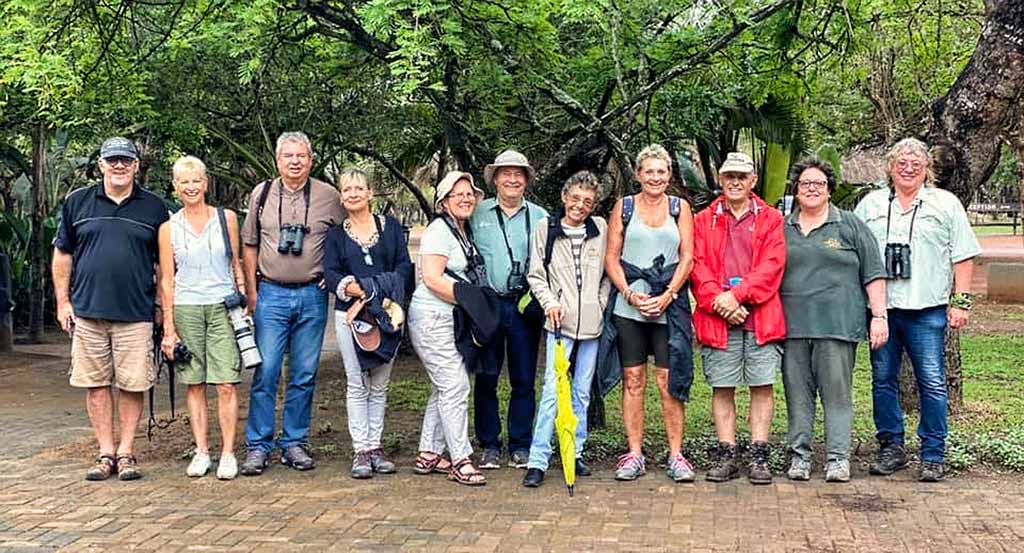
Accommodation Options
For those travellers visiting Bonamazi game reserve for the first time will not be disappointed with the choice of the accommodation available to them. The accommodation at Bonamanzi is well kept and maintained and very comfortable without being over the top. Accommodation ranges from the popular 3-star rondavels to luxury chalets at the Lalapanzi camp and the very private luxury Dinizulu camp. Then there are the well-known self-catering tree houses and the tree lodge.
Campers have not been forgotten either at Bonamanzi game reserve, as they are also well served with first rate facilities. Campers have a choice of some great camp sites in the sand forest where one is really in touch with nature and able to completely unwind. All camp sites are available with power but with communal ablutions, or options are also available for your own private ablutions; how cool is that!
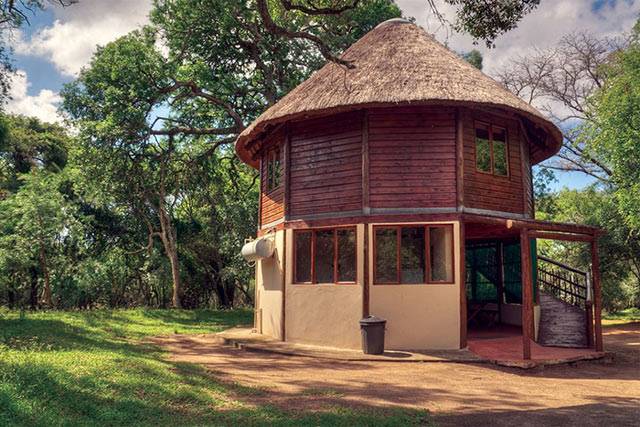
Birding at Bonamanzi Game Reserve
In early November 2019, together with a group of bird watching enthusiasts from Hartbeespoort, I spend 4 days at a KwaZulu Natal game reserve on the east coast of South Africa. It was our intention to spend 5 days of first class bird watching and bird photography at Bonamanzi Game Reserve. Bonamanzi is one of KwaZulu Natal’s and indeed South Africa’s premier ‘birding’ spots and everybody was eagerly awaiting some of the ‘special’ birds Bonamanzi is renowned for.
However, the weather unfortunately had very different ideas.
Day One - Birding Bonamanzi Game Reserve
We had set up camp in one of the camping sites, having arrived at Bonamanzi in the early afternoon the previous day after a 6-hour drive and towing our caravan. We were eager to get up early to enjoy the dawn chorus. The weather forecast however, was not good and so it proved to be, as daylight broke. The sky was covered in a very thick and dark blanket of cloud.
As we still awaited the bulk of our group to arrive on this day, we decided together with a couple of our group, who had also arrived, to venture to ‘False Bay‘ which is part of the ISimangaliso Wetland Park some 19km from Bonamanzi Game Reserve.
False Bay Nature Reserve - ISmangaliso Wetland Park
False Bay is the widest section of Lake St Lucia, hemmed in by two peninsulas – the Nibela to the north and the Nhlozi to the south. The area is comprised of a variety of habitats including woodland, thornveld, open savannah, shoreline, and one of the richest remaining pockets of sand forest left in Southern Africa. These habitats provide excellent bird-watching and are home to an abundance of smaller game species. On past visits, we have spotted African Broadbill (Smithornis capensis) and Narina Trogon (Apaloderma narina) here in the sand forest, as well as flocks of Pink-backed Pelican flying over the bay.
Birds of False Bay
At around 6-30 am we drove the few kilometres from the entrance gate of the nature reserve, through the sand forest towards the shoreline of False Bay, the weather closed in as blustery rain and wind hit us. Undeterred, our small group drove south along the shoreline towards ‘Rocky Point’ where we stopped and spotted one of the areas specials, a Southern Banded Snake Eagle (Circaetus fasciolatus) perched at the top of the tree.
We traversed both north and south along the shoreline as far as we were able. Good sightings of Whimbrel, Grey-headed Gull, Cape Teal, African Spoonbill, Yellow-billed Kite, Caspian Tern, Black-bellied Starlings, African Pipit, Little Egret, African Harrier-Hawk, or Gymnogene (Polyboroides typus) to name a few. On the sand forest side of the shoreline, Yellow-bellied Greenbul and Brown Scrub-Robin were evident. After our picnic breakfast, which we had in the car (due to the weather) we made our way back slowly to the reserves main gate, sightings of African Pygmy Kingfisher and Red Duiker were made, as well as the enviable call of the Gorgeous Bushshrike from deep in the bush. We headed back to Bonamazi as the weather looked like it had set in for the day.
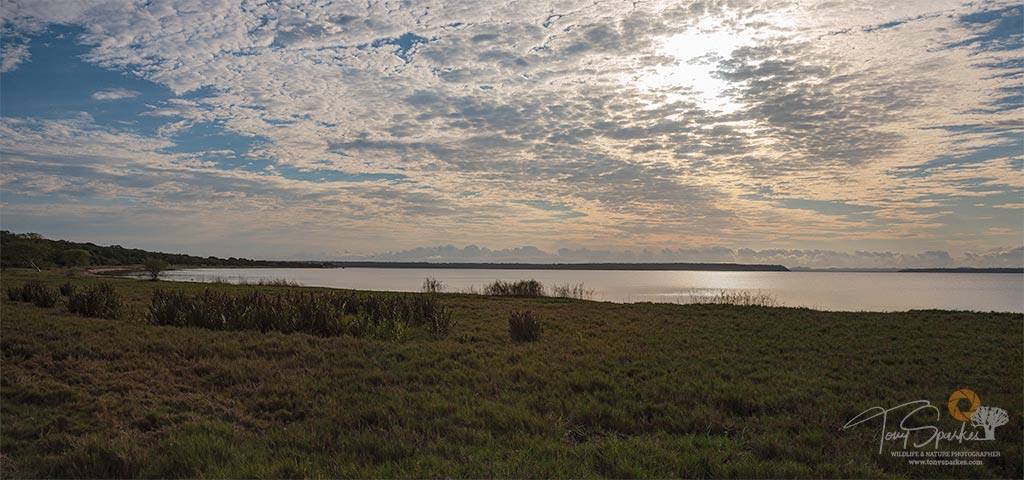
Birding Specials
With three different eco-systems on the reserve, Bonamanzi is a birders paradise. There are few places where you have the possibility of finding 29 birds on the red data list and over 408 recorded bird species. The Sand Forest area is home to the Pink-Throated Twinspot, Rudd’s Apalis, African Broadbill, Narina Trogon and the Green Malkoha (Ceuthmochares aereus) to mention a few.
So after lunch on day 1 we thought we would walk about our campsite and the close proximity to see if we could spot some of these specials. The weather abated a little but it was still very dark and overcast with spots of rain as we traversed the sand tracks and forest of the Bonamazi Reserve where we had seen the Green Malkoa before.
Unfortunately, we were not so lucky this time, with no sighting of the bird or really much else. The weather had won the day eventually and we decided to call it a day and head back to our campsite and await the rest of the group who were arriving the following day.
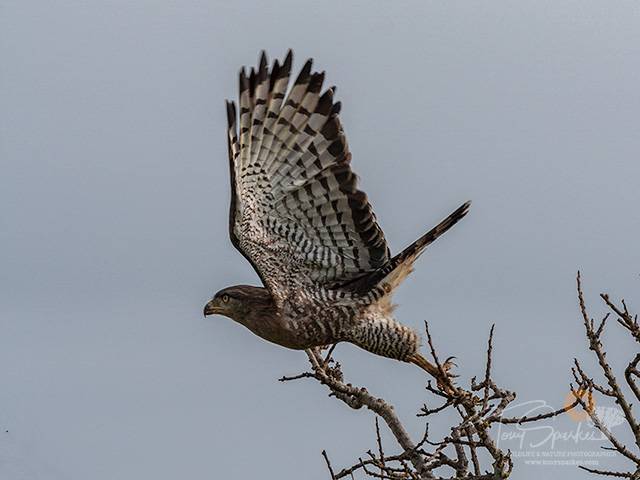
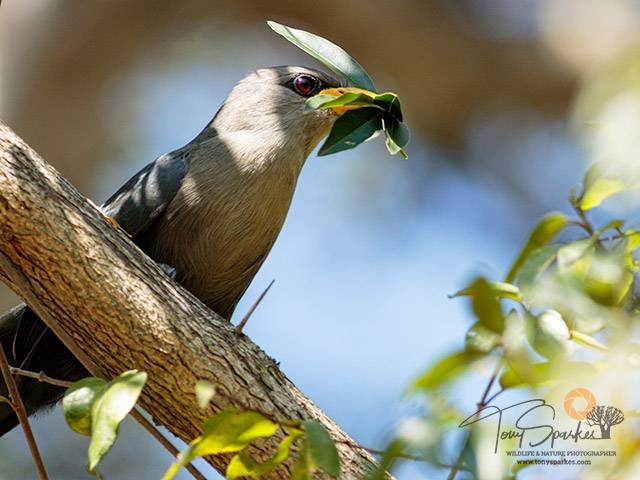
Day Two
We had hoped for better weather and a significant improvement in the lighting conditions by day two, as the group was arriving and it was our intention to undertake some bird photography in the early morning. Again, unfortunately, the weather had not ‘played ball’ despite there being no rain to speak of, it was a little breezy and a thick very dark blanket of cloud lay across the sky. So dark in-fact it felt like early evening not early morning.
Weaver Colony
Bonamanzi has a great ‘weaver’ colony, which one can get reasonably close to. The colony is set amongst the reed beds and dams close to the reception. At certain times of the year (October>January) a hive of building activity and splashes of colour in this famous ‘Weaver Colony’ where mainly Village Weavers (Ploceus cucullatus), Lesser Masked Weavers (Ploceus intermedius) Thick-billed Weavers (Amblyospiza albifrons) and Eastern Golden Weavers (Ploceus subaureus) busily go about nest building in the hope of attracting a mate.
Other bird species seen that morning while at the colony were African Black Crake, Black-Crowned Night Heron, Common Moorhen, African Jacana and Green-backed / Striated Heron.
Bird Photography
Our main aim of the morning was to try and photograph the birds in the weaver colony. This proved to be very very challenging due to the fairly strong breeze and the ambient light conditions, as I said earlier it was more like early evening than early morning.
To freeze any action of the birds at the nests, shutter speeds needed to be high, shallow depth of fields meant lenses were wide open to there maximum aperture to allow enough light in. Even with lenses wide open often ISO settings were in excess of ISO 2000 plus to get something near the shutter speeds required to freeze the action. To understand more about the ‘exposure triangle’ and its effect on your photography, look at an earlier blog post from me entitled the ‘Exposure Triangle Explained‘
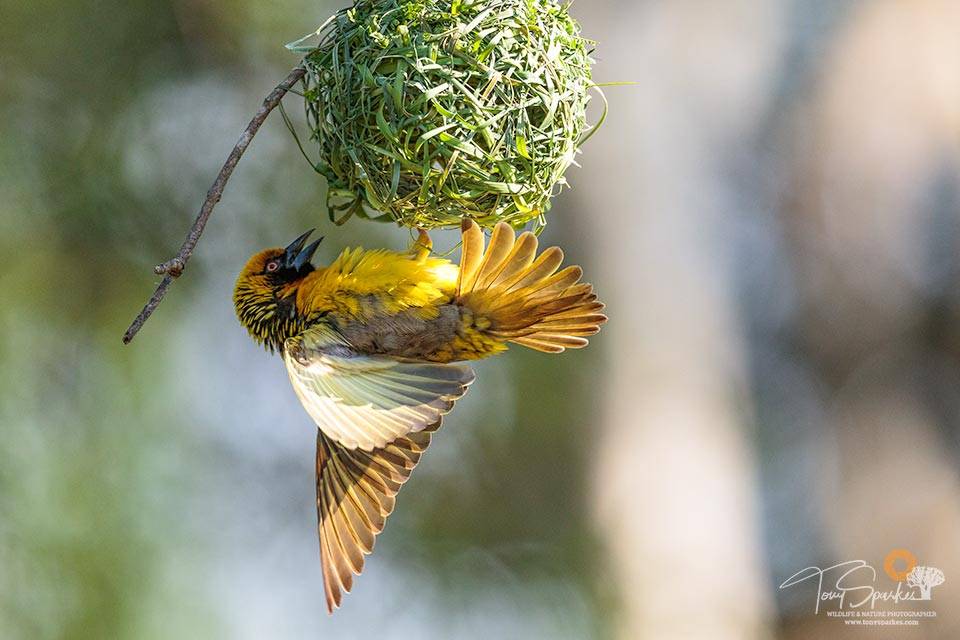

All Together at Last
We decided to give the photography another try the following day in the hope of better weather and lighting conditions. With all the group arriving we agreed we would all meet later in the afternoon to welcome everybody to Bonamanzi. We would take a ‘bird walk’ to the large hide that overlooks the large dam close to reception.
Walking from our meeting place to the hide Crested Guineafowl, were aplenty with Black-bellied Starlings and Scarlet-chested and White-bellied Sunbirds flitted about in the trees. Unfortunately, the weather closed in further in the afternoon but our group now altogether managed to shelter from the rain in the very large hide next to the viewing deck. Giant, Pied, Brown-hooded and Malachite Kingfishers were spotted over the dam, Wire-tailed, and Lesser Striped Swallows, Spur-winged Geese, African Spoonbill were some of the many birds seen in our late afternoon walk.
Day Three
A huge storm through the night, made day 3 a birding washout. With intermittent rain showers throughout the morning, our group ended up doing their own thing today. That was after we all met at the ‘Fig Tree Cafe and Deli’ a gorgeous little cafe/restaurant in rural Zululand on the outskirts of Hluhluwe and part of Ilala Weavers. Thoroughly recommended and well worth a visit for the coffee & food as well as the beautiful Zulu beadwork and hand-crafts being made there.
Day Four
Another storm with plenty of rain overnight brought lots of local flooding to Bonamanzi and the local area. On trying to exit Bonamanzi’s main gate we were met by a river of water. I didn’t give us much hope for the mornings 6am start but our group managed to navigate the waters and a way through.
We had pre-arranged with a local bird guide to take the group to some of the local birding spots not far from Bonamanzi. We had planned to go in search of another area ‘special’; this bird is also found on the flood plains of Bonamanzi. The Rosy Throated Longclaw (Macronyx ameliae) was our target species for the day.
Having navigated the waters, and met the local guide we set off for KwaNibela Penisula.
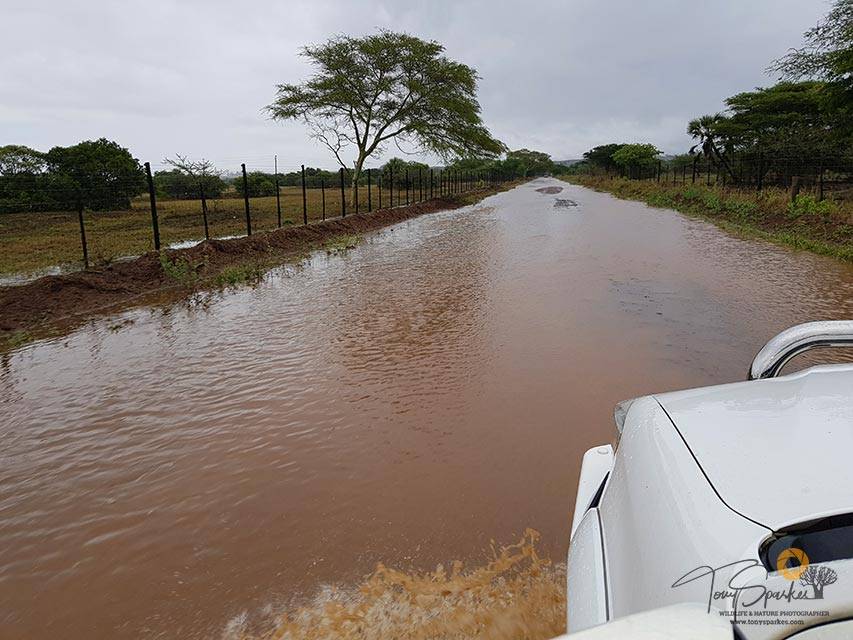
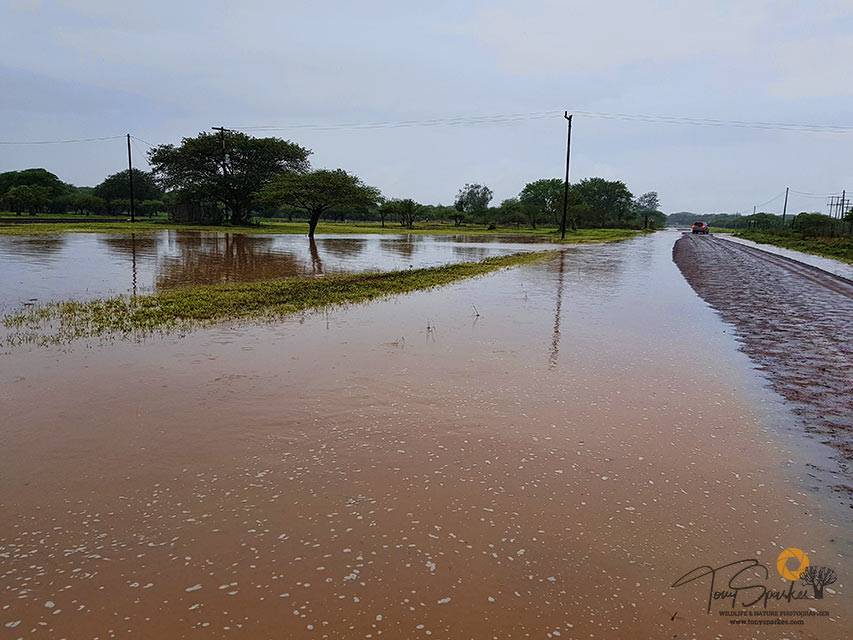
KwaNibela Penisula
After meandering through several local villages and navigating down some very narrow and very wet and muddy tracks we found ourselves on the flood plains of KwaNibela.
Although the wading birds were someway in the distance but easily seen through binoculars, what a sight. Welcoming the group was large flocks of wading Greater and Lesser Flamingo’s, Glossy Ibis, Black-winged Stilts, Hottentot Teal, Yellow-billed Stork, White-faced Whistling Duck, and over 100 Great White Pelican flew in.
After some searching of the grassy parts of the flood plain, we saw what we had all come to see the Rosy Throated Longclaw, hopping about between the thick grassy tufts. A first time sighting for many of the group, so a lot of very happy birders.
Sand Forest and Surrounding Areas
Looking behind us from the flood plain we faced the sand forest, we heard Gorgeous Bushrike calling, sightings of Yellow-breasted Apalis and Zitting and Rufous-wing Cisticola as they flew amongst the bushes between floodplain and forest. Despite the bad weather of the night before, lots of birds were seen and heard calling
The group moved off in convoy to explore further the local area. On the grassy flatlands above the floodplains, large numbers of Collared Pratincole flew above and around us, Rufous-naped Lark were busily calling, sat upon the grassy hillocks that dotted the plains. Crowned Lapwing and Red-breasted Swallow were also seen in large numbers as we wound our way for lunch at Nibela Lake Lodge on the shores of Lake St Lucia.
After lunch, we decided to make our way back to Bonamanzi hoping the floodwaters had subsided. We were pleasantly surprised that the vast majority of the floodwaters had dissipated, being located within the sand forest and drainage ditches had been dug the previous day by theBonamanzi staff things were almost back to normal but extremely wet.
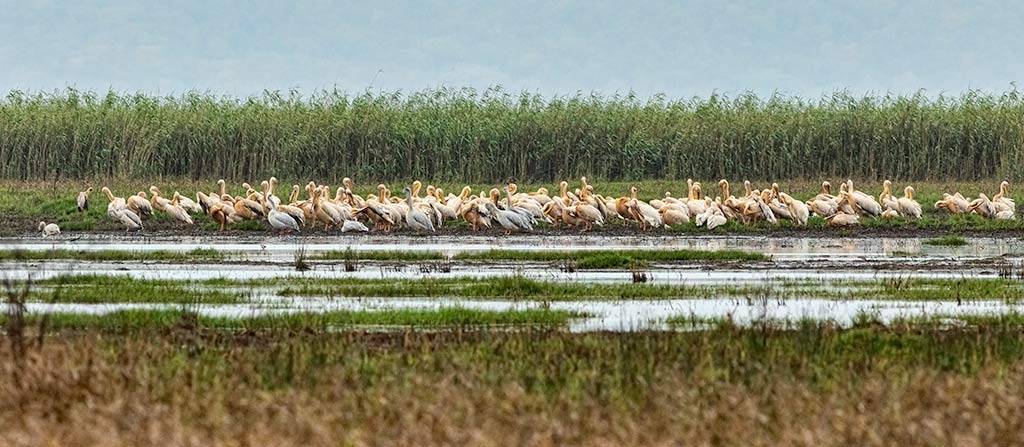
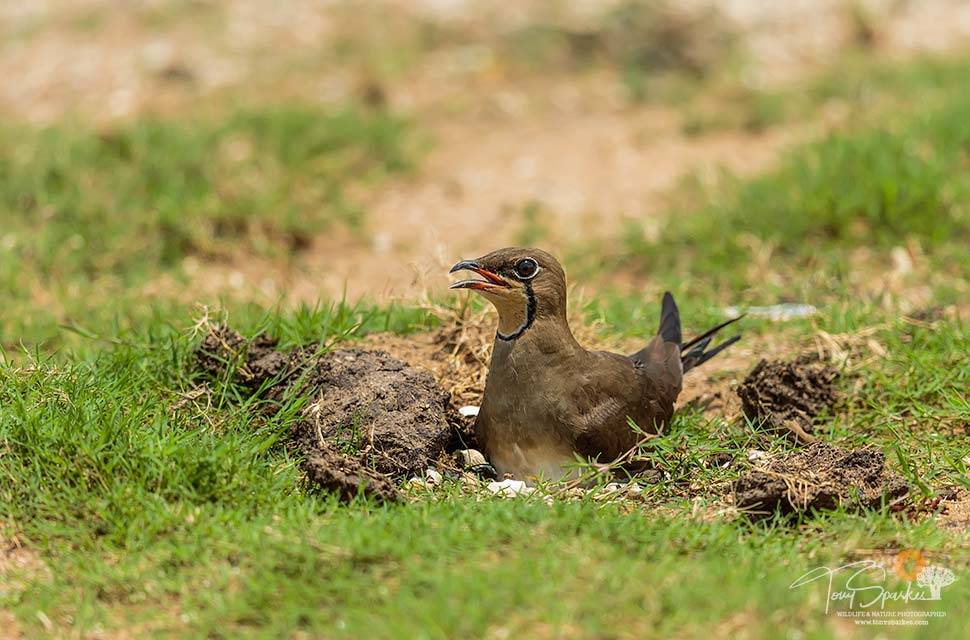
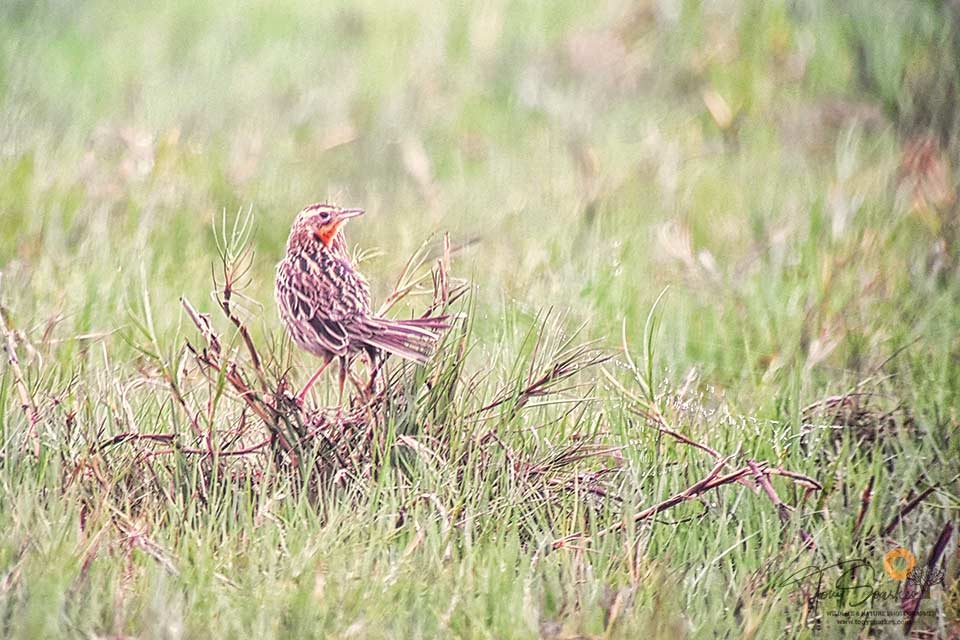
Final Morning at Bonamanzi Game Reserve
This was the whole group’s final morning together, some were heading off home and a few decided to stay a day or two longer. A ‘Bird Walk’ along one of Bonamanzi Nature Reserve many trails was the order for the morning before some left.
As we gathered and set off from reception the rain clouds started to gather! Our first encounter and something I had not mentioned previously was with a crocodile and an African Jacana. There are several large crocodiles in the main dam around the weaver colony by the reception (don’t worry the dam is fenced in) and a few smaller crocodiles dotted around the other dams on the reserve.
I witnessed what was a fairly large crocodile taking an early breakfast snack – an African Jacana, struck straight out the water in one hit.. pretty amazing if you were not the Jacana.
More Specials
As the group walked along the trail through the bush and around the dam, Crested Guineafowl crisscrossed in front of us in great numbers. Then through the thick tangle of bush, we heard, then saw what turned out to be a bird that I had not seen before, nor did I think many of the group. The Eastern Nicator (Nicator gularis) flew from bush to bush giving everybody a good sighting.
There was now the odd spots of rain falling as we quickened our stride to get back to reception before the heavens opened. However, Bonamanzi had one more surprise for the group that morning. Sculking around in the undergrowth a Terrestrial Brownbul (Phyllastrephus terrestris) was spotted. Again another first for many of the group.
We made it back to reception before the heavens opened. Here is where the tour officially ended for the group as the weather had not really played its part these last few days. We said our goodbyes and all headed our separate ways.
Conclusion
Although the weather had done its best to dampen this birding tour, we still managed some great bird sightings thanks to the wonderful diversity of Bonamanzi Nature Reserve and the surrounding area. We even managed a little ‘bird photography’ at the weaver colony but conditions were far from ideal.
If you are interested in joining me on my next birding tour, photo safari or wildlife safari to Bonamanzi or other locations in KwaZulu Natal, or South Africa please contact us. We will be only too glad to help you. Custom tours our a specialty.
Why not stay abreast of all that is happening at Tony Sparkes Wildlife and Photographic Safari and subscribe to our monthly journal Safari Buddies. The journal will provide you with updated Safari and tour news, wildlife photography tips and tricks and well as current travel news from the industry.
- African Wildlife Photography Tips - February 23, 2020
- Low Light Wildlife Photography - November 26, 2019
- Bonamanzi Game Reserve - November 21, 2019
